Description
ITINERARY BHUTAN TOUR 5 NIGHTS/ 6 DAYS
Day 1: Paro (2,195 meters) – Thimphu (2,320 meters) 1 hr 30 mins drive.
The flight to Paro is considered as one of the most spectacular mountain flights in the world. While flying in and out of Bhutan, one can see Mt. Everest, Kanchenjunga, Makula, and other high peaks such as Jumolhari and Jichu Drakey.
You will be received by a representative a member of our staff and drive to Thimphu (2320mtrs) which is approximately 1 hr 30 mins drive. After lunch Sightseeing in Thimphu includes visit to:
- National Memorial Chorten which was built in 1974 in memory of the third King of Bhutan.
- Kuenselphodrang, popularly known as the “Buddha Point” where a statue of the Buddha measuring 54 meters tall sits above the Thimphu valley. Offer your prayers to the largest Buddha statue in the country and walk around to enjoy the great view of Thimphu valley below.
- Wangditse hike which is around two hours.The trail takes you through nature and passes a stupa and follows the contours along the mountain side until you reach at wangditse.The hike offers the great views of tashichhodzong and upper valley of thimphu.From wangditse monastery you will deceent down to dechenphodrang monastery from where your car will pick you up.
- Dinner and overnight in hotel Taraphendheyling.
Day 02: Thimphu (2320 meters)-Punakha (1310 meters) Approx.2 hrs 30 min’s.
After breakfast, travel to Punakha through Dochula Pass 3140 m). At Dochula, in the clear spring sky, you can enjoy the panoramic view of the Himalayan Mountain ranges. Then pass by the beautiful 108 chortens built on the hill by Her Majesty Ashi Dorji Wangmo Wangchuck (Queen Mother of Bhutan) for the security and well being of His Majesty, the King of Bhutan.
- You will also visit Druk Wangyal Lhakhang (monastery) which was built by Ashi Dorji Wangmo Wangchuck (the Queen Mother of Bhutan) as a tribute to His Majesty the fourth King of Bhutan, Jigme Singye Wangchuck and armed forces after His Majesty led a successful operation against Indian militants who had occupied certain areas of Bhutan. The gallery of the Druk Wangyal Lhakhang has beautiful murals depicting some of the important events in the reigns of the Kings of Bhutan. After refreshment at Dochula Cafeteria, travel onto Punakha. Punakha has been inextricably linked to some of the most momentous events in the Bhutanese history and deserves its reputation as one of the most beautiful and significant regions at the heart of Bhutanese culture. Punakha had served as the capital of Bhutan from 1637 till 1907.
- Start hiking to lungchutse monastery. This is one of the most rejuvenating and picturesque hikes in the Thimphu region. It can be done as a loop starting from Dochula and finishing at Hongtsho village with Lungchutse gomba and Trashigang gomba visit. At Lungchutse one can enjoy 360° view of the Himalayan mountain range. You will start your hike from the large chorten in the middle of Dochula, the pass between Thimphu and Punakha at 3140 meters (10300 feet) above sea level. From here the trail slowly climbs a ridge through a forest of hemlock, birch and rhododendrons until reaching an open meadow. Again, you will enter into forest of moss-covered rhododendrons, gigantic hemlocks, junipers, and bamboo undergrowth. A small trail leads you the last 50 meters past a row of fluttering prayer flags up to Lungchutse temple.On clear days, the views from the temple are fantastic! You will have a 360° view of the Himalayas including views of Jumolhari (7314 m), Masang Gang in the region of Laya (7158), Zongophu Gang – a table mountain that dominates the isolated region of Lunana (7060 m) and Gangkhar Puensum (7520 m), the highest peak in Bhutan and the highest unclimbed virgin peak in the world. You can also see Gasa Dzong, as a tiny white speck in a sea of green almost 50 kilometres to the north. A trail to the left just 150 meters below Lungchutse, leads to Trashigang village and temple. It slowly descends through spruce, rhododendron, hemlock and juniper forest. The village’s many dogs will warn the villagers about your arrival as you walk through the settlement down to the temple. It is nice to have lunch around the chorten in the temple’s courtyard while watching the monks in their daily endeavors. The trail leading down from the front of the temple zigzags quite steeply down the side of the mountain until reaching a farm road which takes you up to the main road. Trashigang Goemba was built in 1786 by the 12th Je Khenpo. It is an important mediation centre, and houses statues of several Je Khenpos who meditated here.
Then drive for about one hour to a car punakha and walk across traditional Bhutanese cantilever bridge to visit:
- The Punakha Dzong located on the island of the Pho – Chu (male river) and the Mochu (female river). The dzong was built in 1637 by Zhabdrung Ngawang Namgyal to serve as the religious and administrative seat of the region. At the dzong, you can see the highest standards in woodwork.
- Dinner and overnight in hotel Zhingkham.
Day 03: Day 03: Punakha (1310 meters)-Phobjikha (3000 meters) Approx.3 hour’s drive
After breakfast hike to:
- Khamsum yulley namgyal chorten, it stands out on a beautiful ridge above the Punakha valley. Her Majesty built the Queen Mother, Ashi Tshering Yangdon Wangchuck. It took nine years to build, and Holy Scriptures rather than engineering manuals were consulted to construct this 4-storey temple. It is a fine example of Bhutanese architecture and artistic traditions. This temple has been dedicated for the well being of the kingdom, its people and all sentient beings. It is a 15-20 mins hike from the suspension bridge.The Chorten would take a one-hour hike to approach. It offers a beautiful view of the Punakha Valley.
After hike continue the drive to Phobjikha valley. On arrival, visit:
- Gangtey Monastery. The Gangteng Monastery or simply the Gangtey Gonpa monastery is located on a hillock amidst the Gangtey village with a striking view of the Phobjika valley below. This monastery was established by Gyalse Rigdzin Pema Thinley, the grandson and the reincarnation of great Bhutanese treasure finder Pema Lingpa in 1613. It is headed by the ninth Gangtey Trulku and is the largest Nyingmapa monastery in Western Bhutan. The extensive complex comprises the central gonpa, quarters for the monk and meditation centres.
- Located in the beautiful, broad and U shaped glacial valley of Phobjika. It is know for its scenic splendour and cultural uniquenessIt is the most beautiful and shortest of the existing nature trails in Bhutan. From the small hilltop overlooking Gangtey Goemba, head downhill through flower meadows to Semchubara village and from here through beautiful forests and into the open valley. After passing a chorten and Khewa Lhakhang, the trail ends at the local community school; this involves a 30 minute walk up to the start of town. The Nature Trail can be combined with a visit to Gangtey Goemba and the local school. Gangtey Goemba is a 16th century monastery situated picturesquely at the hilltop at the edge of Gangtey village, making it the landmark structure of Phobjikha valley. 2 hrs approx time, in Phobjika.
- Thrung Trung Karmo’ as this bird is passionately known in Bhutan is the subject of many Bhutanese songs and folklore. The birds are considered as the holy messenger, symbol of peace and prosperity. These graceful birds are so culturally important that they’re seen among the paintings on the walls of home, temples and Thangkas. In Phobjikha, farmers believe the birds’ presence ensures a healthy crop and tourists travel from around the world to see them. The wetland in the center of Phobjikha valley provides the nesting grounds and natural habitat for these black necked cranes. Black Necked Crane Information Centre is situated on the edge of the forest and wetland along the main road of Phobjikha, it has an observation room equipped with high power telescope and spotting scopes for catching the best view of the cranes. The centre also offers information that outline the natural and cultural history of the area.
- Dinner and overnight in Hotel Dewachen.
Day 04: Phobjikha (3000 meters) – Paro (2195 meters) Approx. 5 hour’s drive.
After breakfast drive to paro valley via wangdi valley and also through dochula pass once again. .Upon arrival, check into your hotel.After lunch visit:
- The 200 year old Watch Tower which was renovated and converted into National Museum in 1968. It houses a fine collection of national costumes and fabrics, gallery of Thangkas, an impressive stamp gallery with three dimensional and CD stamps issued as early as 1960 that are remarkable and other galleries showcasing armour and silverware with the handsome Royal tea pots.Dinner and overnight in Hotel.
- Paro Rinpung Dzong (fortress), built in 1645 to defend the valley against Tibetan invaders. The Dzong is now being used as an administration center and school for monks. From the Dzong you will walk down to Rimpung Bridge (Traditonal Cantilever Bridge), oldest bridge in Bhutan.
- In the evening, leisure walk in the town and shopping if interested.
- Dinner and overnight in hotel tashi namgay.
Day 05 Paro 2195 meters
Drive early in the morning to paro and have breakfast in paro.After breakfast, hike up to:
- Taktsang Monastery, also known as ‘Tiger’s Nest’. The climb up to the viewpoint will take around 1 ½ hours and from there you will enjoy a spectacular view of the monastery clinging to the side of the cliff. Stop for refreshment at the View Point Cafeteria.Then walk further up to the monastery which will take about 1 hour. It is said that in the 8th century Guru Rinpoche flew on the back of a tigress from eastern Bhutan to this place and meditated in a cave here for 3 months. The principal Lhakhang (monastery) of the present monastic complex dates from 1692. Taktsang was damaged severely by fire in 1998 but has now been fully restored to its former beauty.After visiting the monastery, walk back down to the road on the way stop for lunch at the view point cafeteria and then walk further down to the road point.
- Kyichu temple, one of the 108 temples built in the 7th century by the Tibetan King Songsten Gampo. The story goes that a giant demon lay across the whole area of Tibet and the Himalayas and was preventing the spread of Buddhism. To overcome her, King Songtsen Gampo decided to build 108 temples, which would be placed on all the points of her body. Kyichu Temple is one of the 108 temples.
- Dinner and cultural show at charo and doro restaurant.
Day 06: Departure

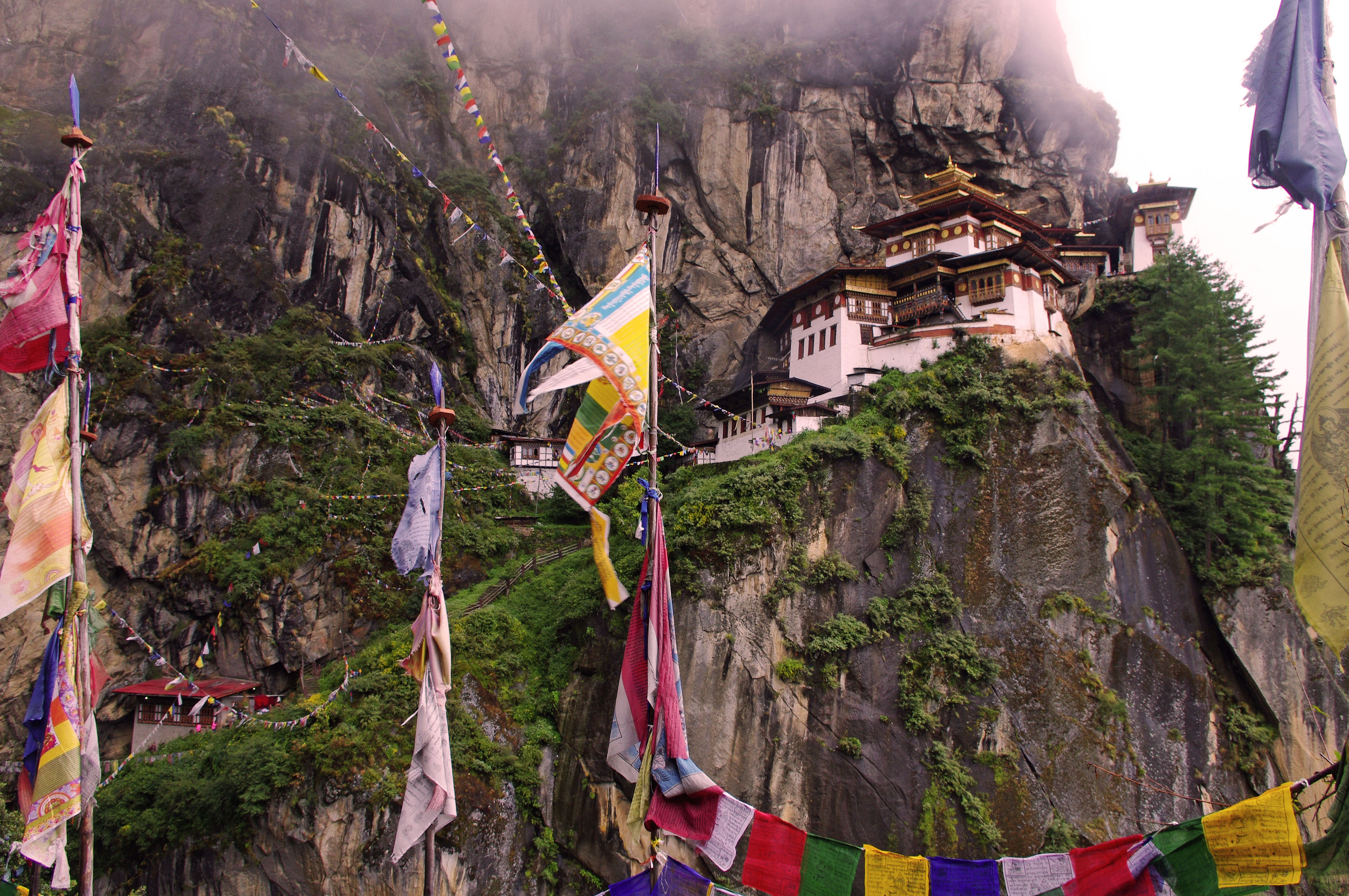
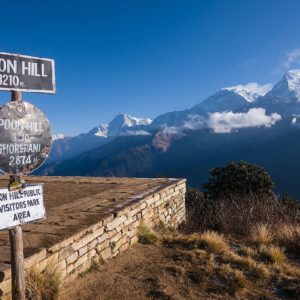
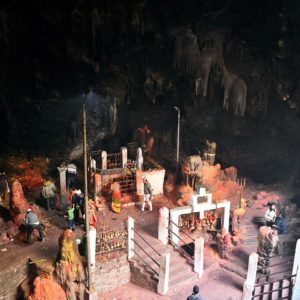
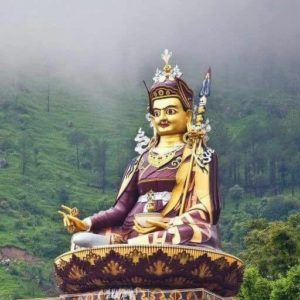

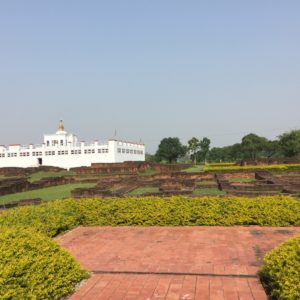
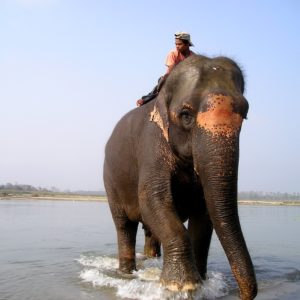
Reviews
There are no reviews yet.